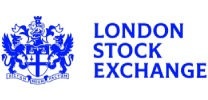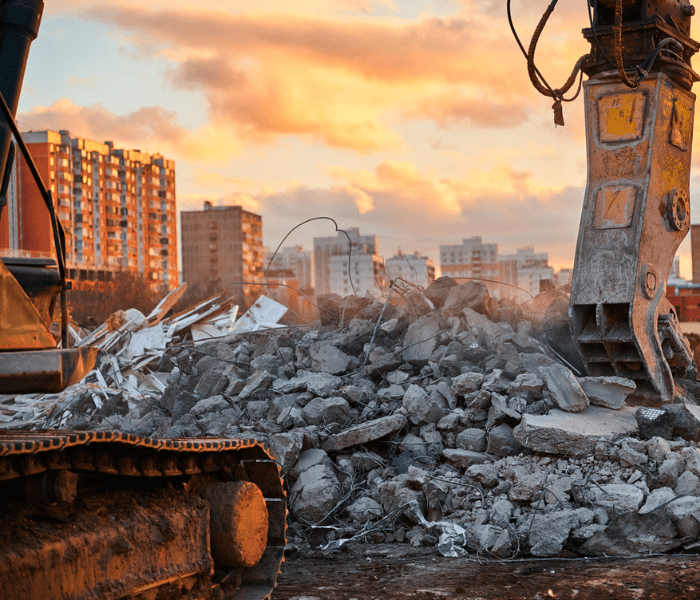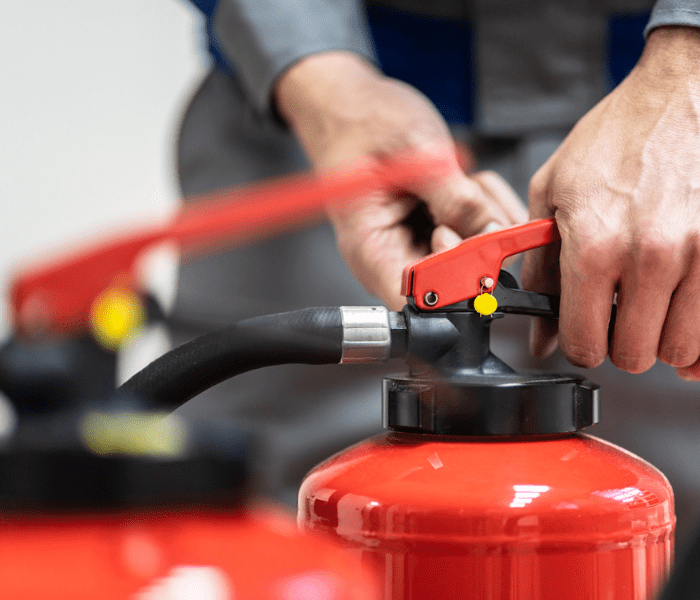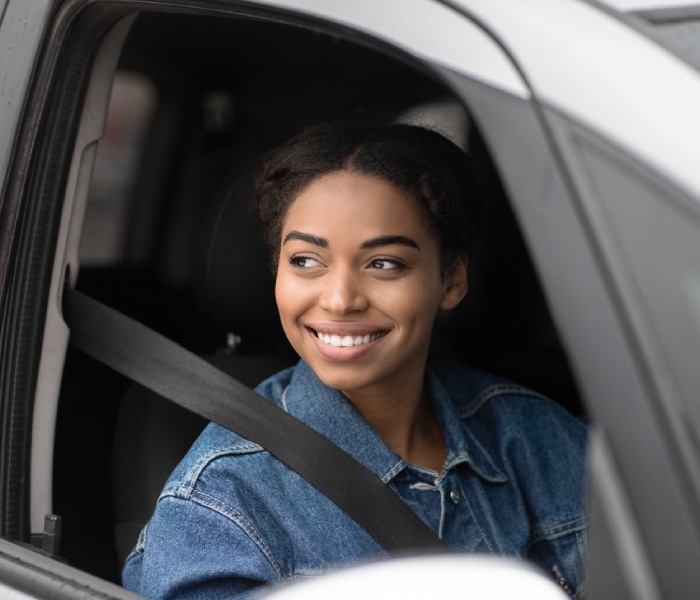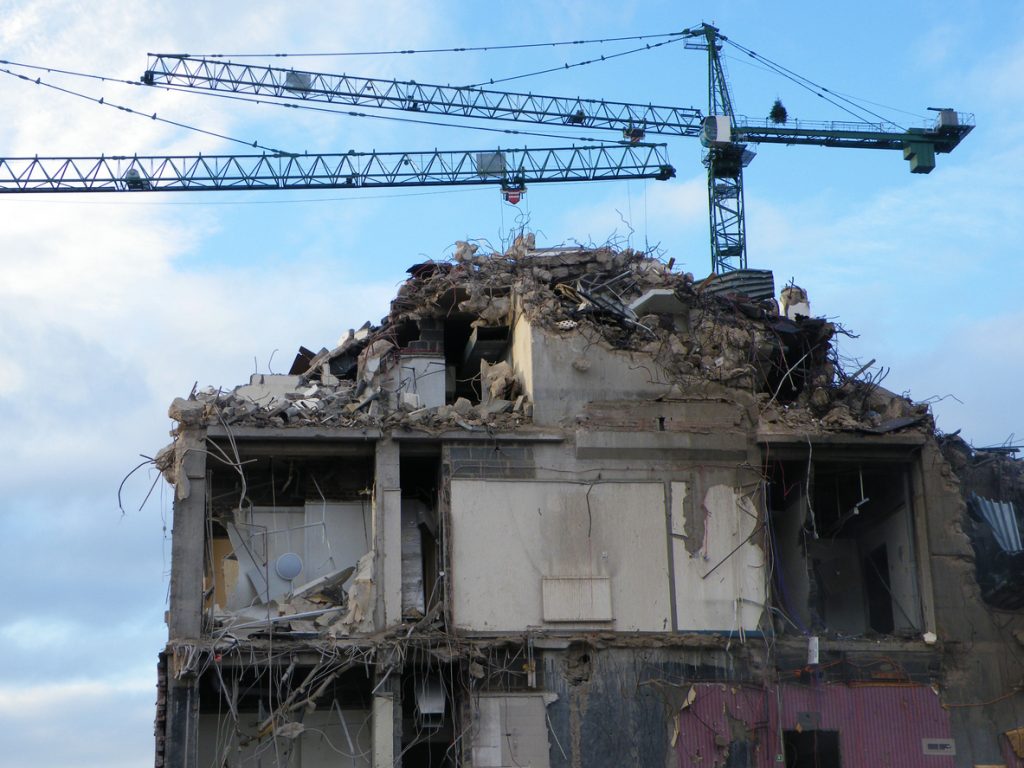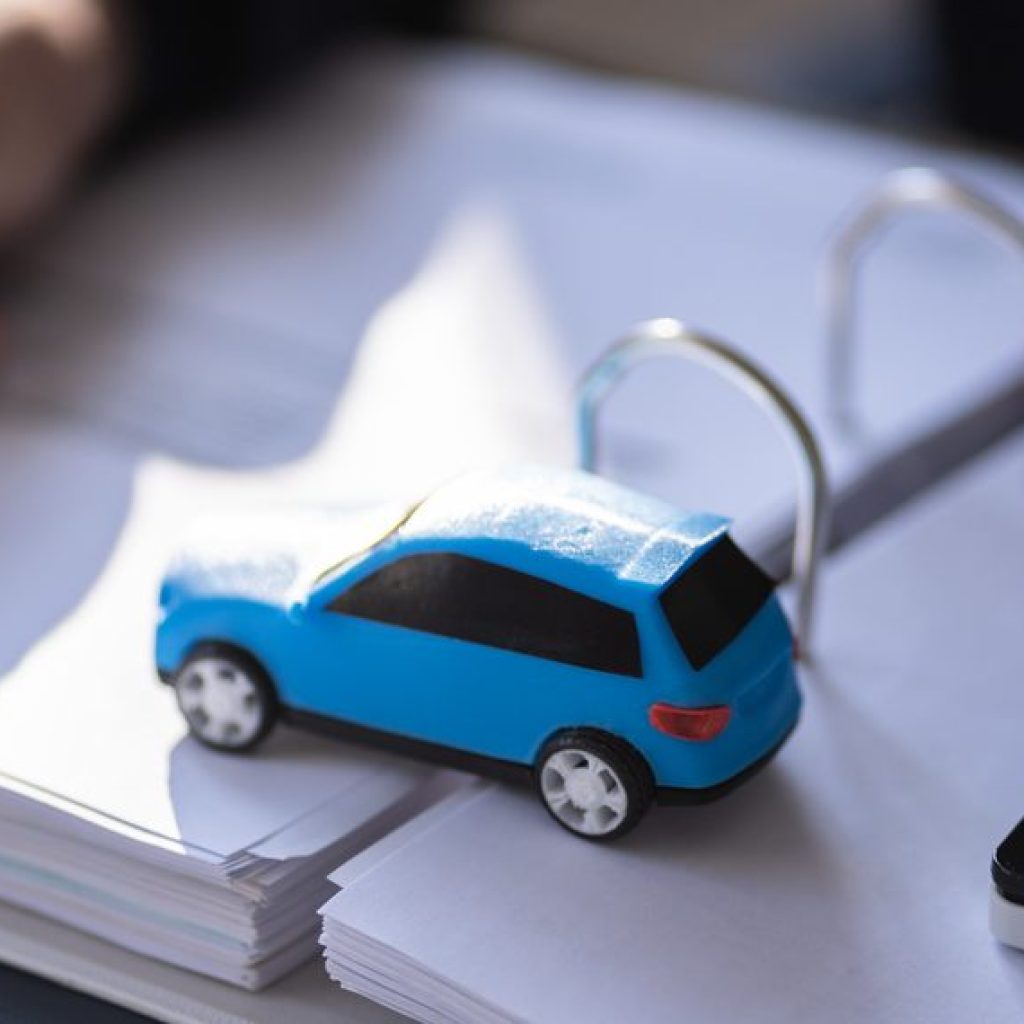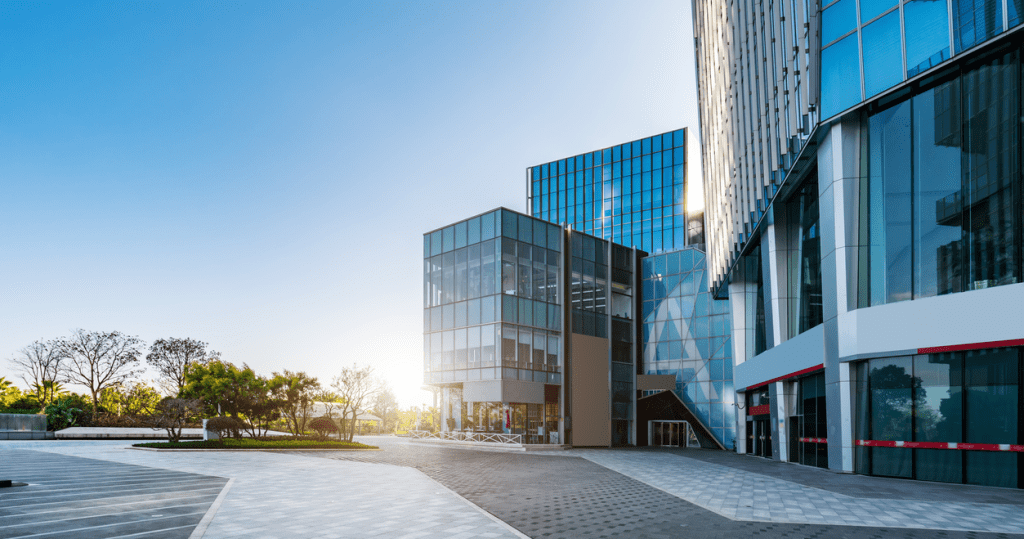+30,000
PROPERTY SURVEYS
+2,000
GLOBAL CLIENTS
+191
COUNTRIES
+27
YEARS OF EXPERIENCE
Trusted by 2,000 brands


DSE Management
Award-winning DSE management program for all workplaces.
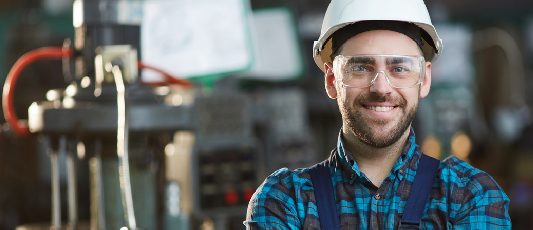

Industrial Ergonomics
All-in-one solution for managing industrial ergonomics data and assessments.
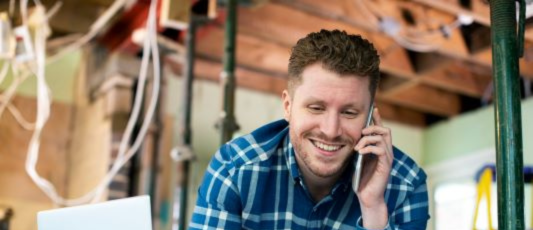

Property Risk
UK-wide property surveying, auditing and assessment services.
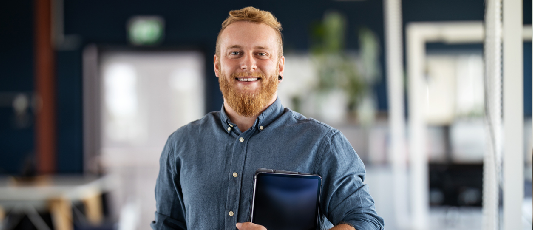

Insurance Risk
Comprehensive insurance risk services, which bring the insurer, surveyor and policyholder closer together.
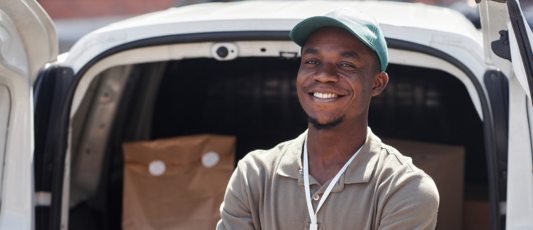

Fleet Risk
End-to-end fleet risk management solution with online, classroom, and in-vehicle assessments, training, and consultancy.


Security & Personal Safety
Online and in-person services to help you increase the security and personal safety of your employees.


Safety Consultancy
In person and online consultancy services to mitigate organisational risks.
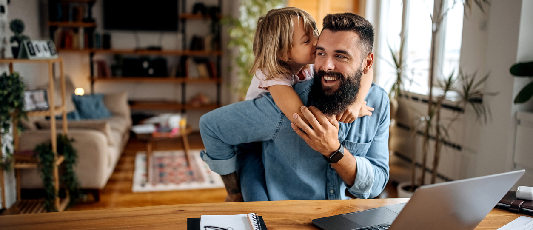

Employee Wellbeing & Productivity
Data driven employee productivity and wellbeing tools.
Find Solutions
Products Overview
Insights
Resources
DSE Assessor Training (Fully Booked)
March 19 @ 10:00 am - 1:00 pmWebinar: Lets Make Fleet Compliance Easier
March 27 @ 12:00 pm - 12:30 pmHealthy Working PACE Essentials Course
April 2 @ 10:00 am - 12:30 pmDSE Assessor Training
April 9 @ 10:00 am - 1:00 pmHealthy Working PACE Essentials Course
April 23 @ 10:00 am - 12:30 pm









